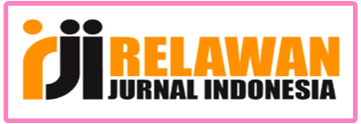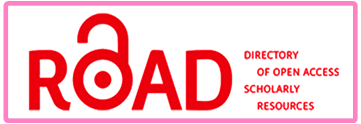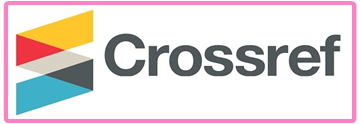Development Of Digital Engineering Practicum Modules For Electrical Engineering Students PGRI Banyuwangi University
DOI:
https://doi.org/10.36526/jeee.v1i1.2269Keywords:
keyword, Development, Modules, Digital Engineering, Practicum, R&DAbstract
One component that cannot be separated in the learning process is teaching materials which can be in the form of modules. The availability of teaching materials can be one of the supports for the successful implementation of the learning process. Teaching materials contain an arrangement of a set of materials to create an environment/atmosphere that allows students to learn. Thus, one of the objectives of providing teaching materials is to facilitate the student learning process. The relationship between lecturers, students, and learning materials. Thus, one of the objectives of providing teaching materials is to facilitate the student learning process. The relationship between lecturers, students, and teaching materials is dynamic and complex. Module is a type of teaching material that is designed to be studied independently by students and is designed systematically and attractively to facilitate the learning process. Based on initial observations made in the field, especially in the practicum learning activities of the electrical engineering study program at PGRI Banyuwangi University, there is a lack of practicum modules so that practicum activities are less measurable in learning outcomes. This needs to be developed with practicum modules especially in digital engineering courses in order to facilitate digital engineering practicum activities for electrical engineering students at PGRI Banyuwangi University. In this study using the R & D research method, from the results of research with a student population of 15 from the Electrical Engineering Study Program at PGRI Banyuwangi University, the average learning result was 87.5, and the validation results were 89% in the very valid category, and the student response results showed 88% in the very category Good
References
M. Luqmanul Hakim, H. Wahyu Herwanto, and G. D. Kusuma Ningrum, “Pengembangan modul digital untuk bahan ajar pengolahan citra di Jurusan Teknik Elektro Universitas Negeri Malang,” J. Inov. Teknol. dan Edukasi Tek., vol. 1, no. 1, pp. 37–45, 2021, doi: 10.17977/um068v1n1p37-45.
E. Santoso and E. Endryansyah, “Pengembangan Modul Pembelajaran Praktikum Sistem Pengaturan Proportional Integral Derivative (PID) di Jurusan Teknik Elektro Universitas Negeri Surabaya,” J. Pendidik. Tek. Elektro, vol. 5, no. 3, pp. 673–679, 2016.
C. F. Hadi, B. Suprianto, and A. B. Santosa, “Pengembangan Perangkat Pembelajaran Sistem Operasi Berbasis Project Based Learning Untuk Sekolah Menengah Kejuruan,” CIRCUIT J. Ilm. Pendidik. Tek. Elektro, vol. 3, no. 2, p. 103, 2019, doi: 10.22373/crc.v3i2.5129.
J. J. Heckman, R. Pinto, and P. A. (BAB 3) Savelyev, “Penelitian R&D,” Angew. Chemie Int. Ed. 6(11), 951–952., pp. 71–84, 1967.
S. Ongkowijaya, “Analisis Faktor Eror Kemampuan Mahasiswa dalam Penguasaan Kata Konjungsi ‘ 并 、 与 ’ pada mahasiswa jurusan Program Studi Pendidikan Bahasa Mandarin Universitas X dan Universitas Y di Surabaya Rumusan Masalah Tujuan Penelitian,” 2019.
P. T. Informasi, F. Teknik, and U. N. Surabaya, “INSTAGRAM UNTUK MENINGKATKAN HASIL BELAJAR SISWA MATA PELAJARAN DESAIN MULTIMEDIA Arif Saifullah Abstrak,” vol. 01, pp. 70–75, 2017.
Downloads
Published
Issue
Section
License
This work is licensed under a Creative Commons Attribution-ShareAlike 4.0 International License.





















